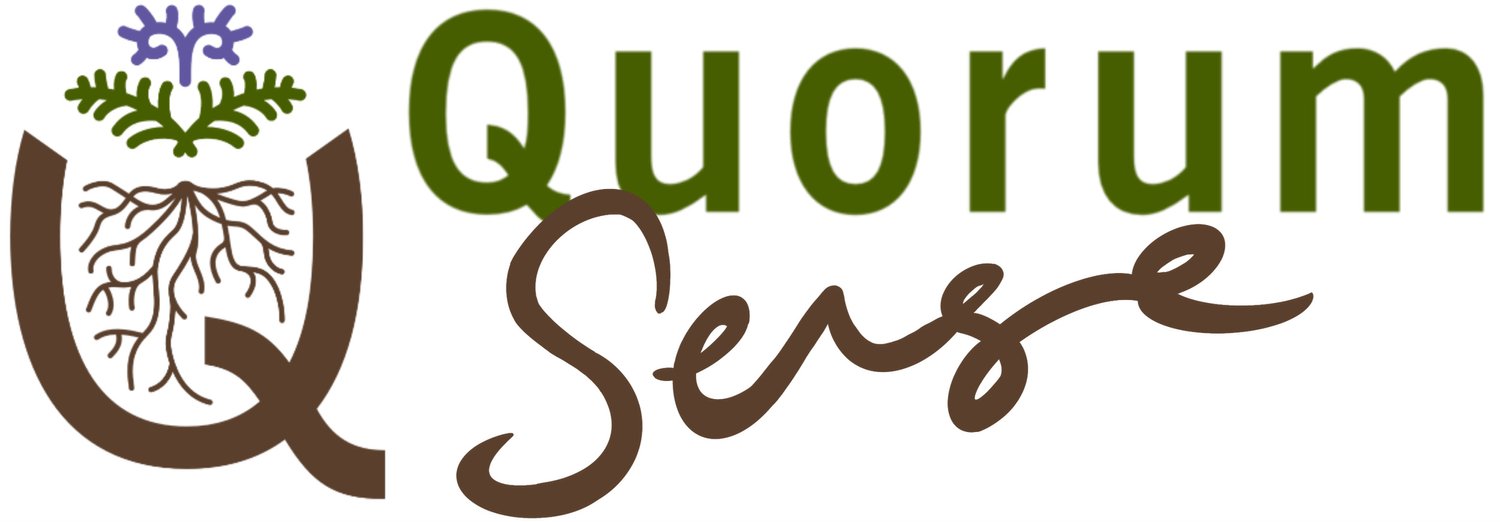Building arable soil health
Building soil health and broader ecosystem health underpins the success of biological and regenerative arable systems. Here we explore what this means to Canterbury arable farmers David Birkett and Nigel Greenwood.
Video description: David Birkett explains how soil is the key to his system and how good soil structure supports good soil biology.
Video description: Nigel Greenwood discusses his transition to a full no-till system, proactively building soil structure over time to achieve this.
More on building soil health
David Birkett’s approach to building soil health
After many years retaining crop residues, David has observed much quicker gains in soil health from more recent changes to keep living roots in the ground using cover crops.
Cover crops vs sub-soiling trial:
Wheat establishment into ex cover crop using different techniques to see if any yield advantages.
Paddock History:
Paddock in seed beans harvested in January and planted into a cover crop of beans/oats/phacelia/buckwheat on 31/01/21. Cover crop terminated and wheat drilled on 20/4/2021
Establishment Techniques: Four different techniques used
1. Direct Drilled
2. One pass with discs
3. Sub Soiled then rolled
4. Sub Soiled then disced
Results:
1. Direct Drilled = 12.7t/ha
2. One pass with discs = 12.6t/ha
3. Sub soiled then rolled = 12.9t/ha
4. Sub soiled then disced = 12.8t/ha
Conclusion:
Previous sub soiling trials have provided about 0.5-0.6t/ha advantage, but this trial ex cover crop showed no benefit from the sub soiling.
When digging holes in the paddock it was clear that the cover crop had done the job of the sub soiler but to a far greater depth.
As there was no statistical difference the techniques, the direct drilled was the best returning technique along with all the other benefits of direct drilling provides.
Related content on: soil health
Tasmania farmer and food fanatic Matthew Evans shares his journey from chef and food critic to farmer-to-plate restaurant-owner via the wonders of soil health.
Allen Williams shares his inspiring learning journey, returning to farming after 24 years in academia and teaming up with Gabe Brown to impact millions of acres.
Kiwifruit orchard manager Levi Belcher shareds how he got started in the industry, and why he was attracted to soil health and regenerative practices.
.
Watch this webinar recording to learn from Soil Mentor's Abbey Rose how their app makes monitoring soil health on your farm easy and informative.
The diverse but brittle Central Otago landscape farmed by the Rutherfords has been transformed through soil health, regenerative management and holistic decision-making.
Cherryle Prew founded NZ’s only Soil Food Web lab 20 years ago. You’ll want to grab a cup of tea and a biscuit for this conversation!
The tables have turned for arable farmer Peter Legg, from initially learning off others’ knowledge and experience to now being someone others are learning from!
Andy’s research demonstrates complex interactions between physical soil structure and microbiome metabolism with significant implications for nutrient-use efficiency in soils.
Improving the relationship between soil and plant health is fundamental to helping cycle nutrients and increasing nutrient availability to the vines.
Innovative approaches being taken to explore alternative under-vine management that helps increase soil health and support healthy vines, yield and quality.
Exploring different practices for building soil health and broader ecosystem health, which underpin the success of biological and regenerative arable systems.
In this wide-ranging discussion, regenerative advocate, educator and coach Nicole Masters talks about the unique opportunity facing New Zealand farmers looking to introduce regenerative farming practices.
Disclaimer: The information, opinions and ideas presented in this content is for information purposes only and does not constitute professional advice. Any reliance on the content provided is done at your own risk. (click here to view full disclaimer).












